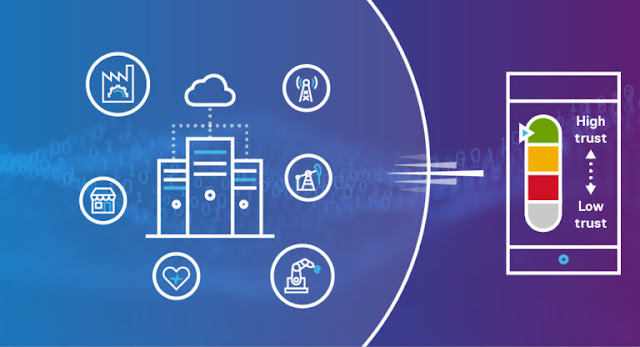It’s anticipated that 82% of web traffic will be video this year, up 40 percent in just the last five years (thank you, TikTok). And while most of the information we’re consuming, creating and collaborating everyday lives online, 16 percent of adults in the United States are not digitally literate.
While that percentage may not seem alarming, the reality is that approximately 32 million adults, many of whom may be caregivers to young children, do not have the competence or confidence to navigate our digital world, let alone help children safely navigate this new frontier.
This monumental shift in how we consume information in our daily work and school routines, combined with this digital literacy gap not only exposed but accelerated a significant digital divide within our country – particularly in the realm of education.
Building Digital Literacy in Education
For students to fully participate in the digital arena, they need more than just access to technology, but an understanding of how to use it effectively and safely. This is no easy feat, especially for educators and caregivers who are often starting at square one when it comes to incorporating technology into both their students or child’s everyday routines.
Recognizing the considerable struggle, Dell Technologies partnered with the International Society for Technology and Education (ISTE) to provide resources to individuals, schools, districts and states that support digital literacy skill-building.
The Digital Skills for a Global Society provides resources to guide learners, educators and caregivers in getting the digital literacy skills they need to be successful in work, empowered as citizens and fulfilled in life. Users can begin by taking a 30-minute customized questionnaire to evaluate their skills and upon completion of the questionnaire, resources are provided to guide them in their digital journey. They are given opportunities to learn how to safely locate content online, evaluate resources, interpret information, express ideas, and communicate and collaborate.
Educators can dive deeper by registering for the Digital Literacy in the Classroom Course. The free five hour online course will guide educators as they strengthen their digital literacy skills while also engaging in strategies for implementing digital literacy skills across the curriculum. This is particularly important because digital literacy and digital citizenship are often incorporated into curricula as an afterthought versus embedded into subject areas from the start. By prioritizing digital literacy in curricula development, Dell Technologies and ISTE believe these concepts can become better ingrained in students’ behaviors, both now and in the future.
Lifelong Digital Learners
At Dell Technologies, we believe every student should be afforded the opportunity to have access to today’s technology, as well as an understanding of how to use it. This allows them to be an informed learner, while empowering them to have a more active role in an increasingly digital world. Likewise, we believe every educator should be equipped with the tools and skills needed to advance the next generation of digitally literate students.
Rooted in our goal of transforming one billion lives by 2030, we’re committed to turning this belief into a reality for communities.
Source: dell.com



























